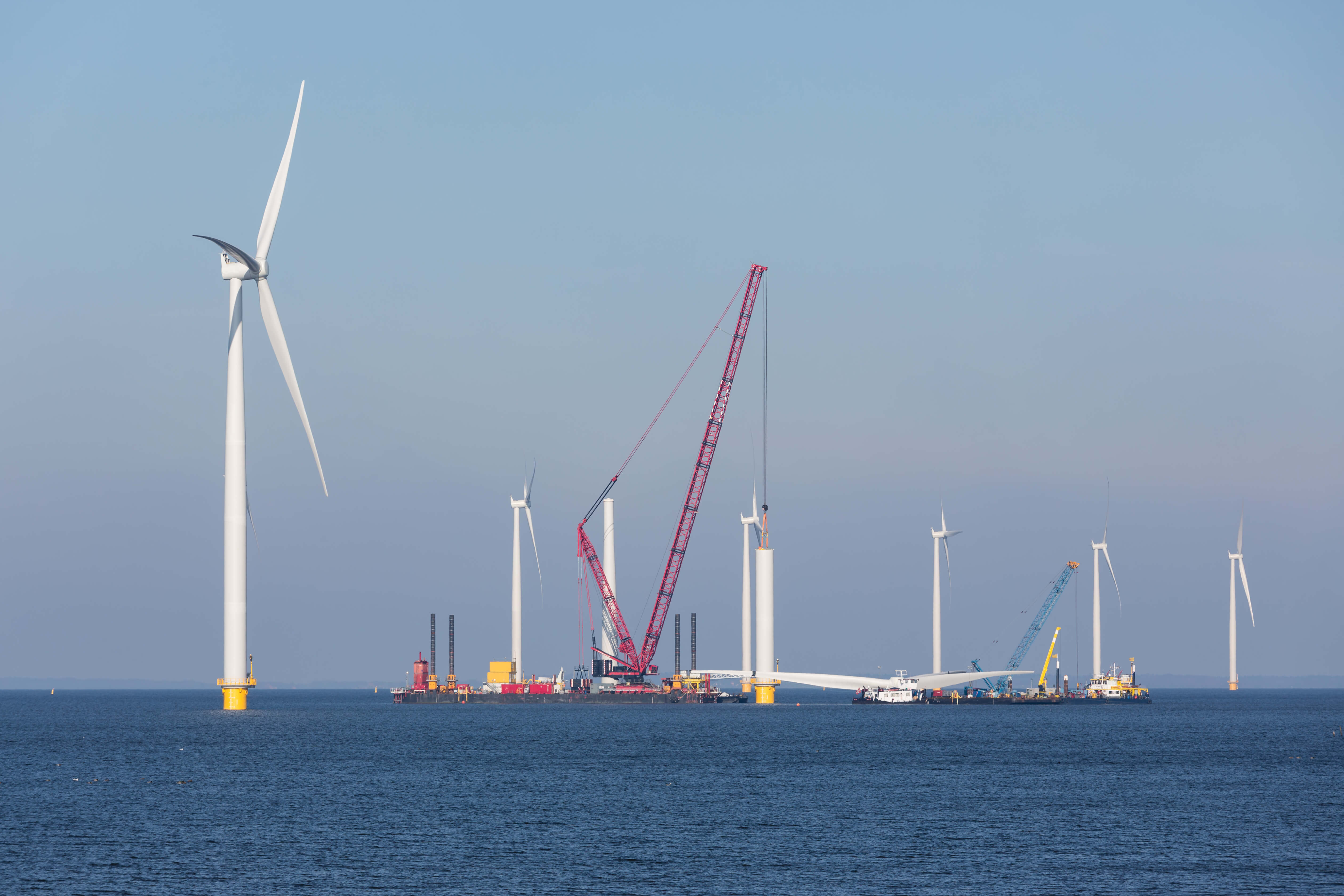The Global Wind Energy Council (GWEC) has called on the government of Taiwan to rethink proposed changes to the Feed-in-Tariff (FiT) for offshore wind projects to avoid the costly lessons made by other markets that pursued a similar approach.

Taiwan’s offshore wind target of 5.5 GW by 2025 is expected to bring some $880 billion inward investment.
GWEC has released new data (see GWEC’s information pack attached to this press release for full analysis and appendix below for highlights) with supporting examples from the French and German offshore markets that shows the impact of changes similar to those currently being considered by Taiwan.
For example, in France, a retrospective reduction to the FiT of 30% contributed to a stalling of projects that had been contracted through auctions and a current installed capacity of just 2MW. None of the production and assembly hubs that were planned have been inaugurated and job-creation expectations have not been met.
“Taiwan has done an extraordinary job of establishing one of the world’s most exciting new offshore wind markets in a very short period of time,” said Ben Backwell, CEO of GWEC. “The competitive prices achieved in European tenders in recent years, where it is now lower than gas and nuclear, have sparked global interest in the industry, and Taiwan is well placed to benefit from that. We are on the cusp of something very exciting happening in Taiwan – bringing an influx of foreign investment, local job creation and the creation of clean competitive power generation capacity.”
Backwell added: “However, Taiwan must stick to its plans and allow the industry to establish itself, or there is real risk of developers and investors exiting the market.”
The proposed changes to FiTs are of two types. Firstly, a much steeper than expected reduction of 12.7% in tariffs which will sharply reduce project revenues.
And secondly, two unexpected structural changes; a limit of 3600 annual full load hours; and removal of the so-called “ladder tariff”. The cap on load hours constitutes, in GWEC’s view, a perverse disincentive for the efficient growth of Taiwan’s industry, as developers will not be rewarded for using the most efficient turbine models. And the removal of the ladder tariff closes off an effective way of helping developers attract project finance at the most competitive possible costs.
Taken together, the proposed changes could reduce project revenues by approximately 20% and so make the projects non-investable, thwarting growth in the sector.
Backwell adds: “Despite recent developments, it’s not too late. There is still time to choose a way forward based on consensus and informed by the experience of other markets in the past so that Taiwan can avoid making the same errors and instead reap the benefit of a booming offshore wind industry.”
GWEC is committed to facilitating dialogue between the government and the wind industry and providing research and evidence, to help all parties to find a solution that allows planned investment to go forward and maximize the benefit for Taiwan’s economy and society.
The offshore wind target of 5.5 GW by 2025 will bring some $880 billion inward investment. Numerous agreements have been signed with Taiwanese supply chain companies and it is estimated 20,000 local jobs will be created.
Taiwan is an early focus for GWEC’s Global Offshore Wind Task Force since it is a crucial element of the emerging Asian market. GWEC brings unique insight on establishing wind markets, drawing on many years of experience around the world and adapting industry development to local circumstances.
Filed Under: News, Offshore wind




